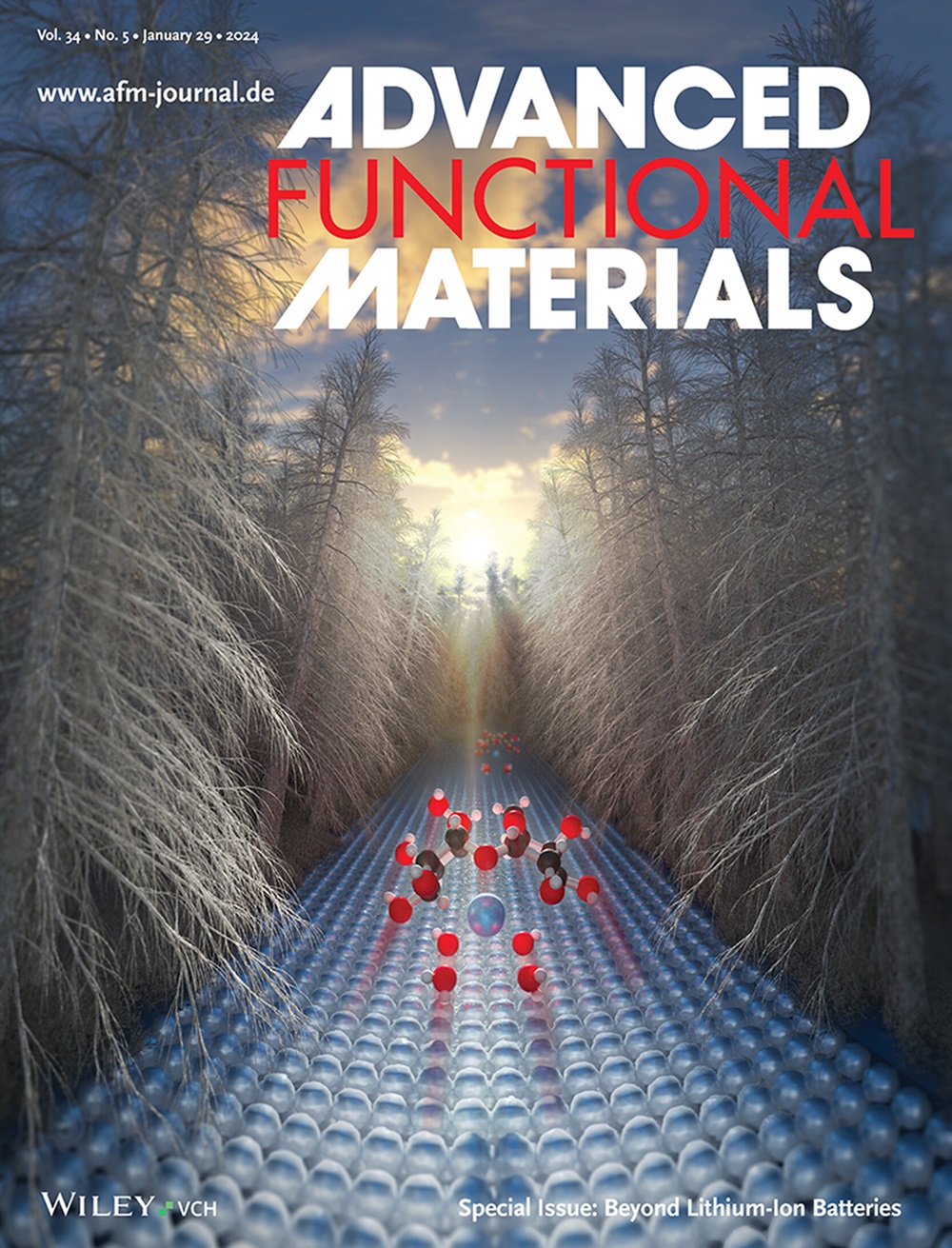It Matters Where the Heavy Atom Is Placed: Optimizing the Spin–Orbital Coupling in Multiresonant TADF (MR-TADF) Emitters and Its Impact on OLED Performance
IF 18.5
1区 材料科学
Q1 CHEMISTRY, MULTIDISCIPLINARY
引用次数: 0
Abstract
This study explores the impact of the regioisomerism of a heavy chalcogen atom on the photophysical properties of multi-resonant thermally activated delayed fluorescence (MR-TADF) materials. Two pairs of isomeric MR-TADF emitters containing different benzothienocarbazole moieties, tDPABT1B/tDPABT2B and tCzBT1B/tCzBT2B, are synthesized. Theoretical calculations indicate that tDPABT2B and tCzBT2B possess higher spin–orbital coupling values (0.27 and 0.60 cm⁻¹) compared to their respective isomers. The photophysical study reveals that tDPABT2B and tCzBT2B have twofold faster reverse intersystem crossing rate constants of 0.5 × 10⁵ and 2.7 × 10⁵ s⁻¹, respectively, than their isomeric counterparts. The sensitizer-free organic light-emitting diodes (OLEDs) with tCzBT1B and tCzBT2B exhibit green emissions [CIE coordinates of (0.12, 0.54)] and show high maximum external quantum efficiencies (EQEmax) of 34.9 and 34.3%, respectively. Notably, the device with tCzBT2B demonstrates a reduced efficiency roll-off (34% decrease at 1000 cd cm⁻2) compared to that with tCzBT1B (48% decrease at 1000 cd cm⁻2), highlighting the distinct benefits and importance of the regiochemistry of the heavy atom in contributing to an enhancing device performance.

求助全文
约1分钟内获得全文
求助全文
来源期刊

Advanced Functional Materials
工程技术-材料科学:综合
CiteScore
29.50
自引率
4.20%
发文量
2086
审稿时长
2.1 months
期刊介绍:
Firmly established as a top-tier materials science journal, Advanced Functional Materials reports breakthrough research in all aspects of materials science, including nanotechnology, chemistry, physics, and biology every week.
Advanced Functional Materials is known for its rapid and fair peer review, quality content, and high impact, making it the first choice of the international materials science community.
 求助内容:
求助内容: 应助结果提醒方式:
应助结果提醒方式:


